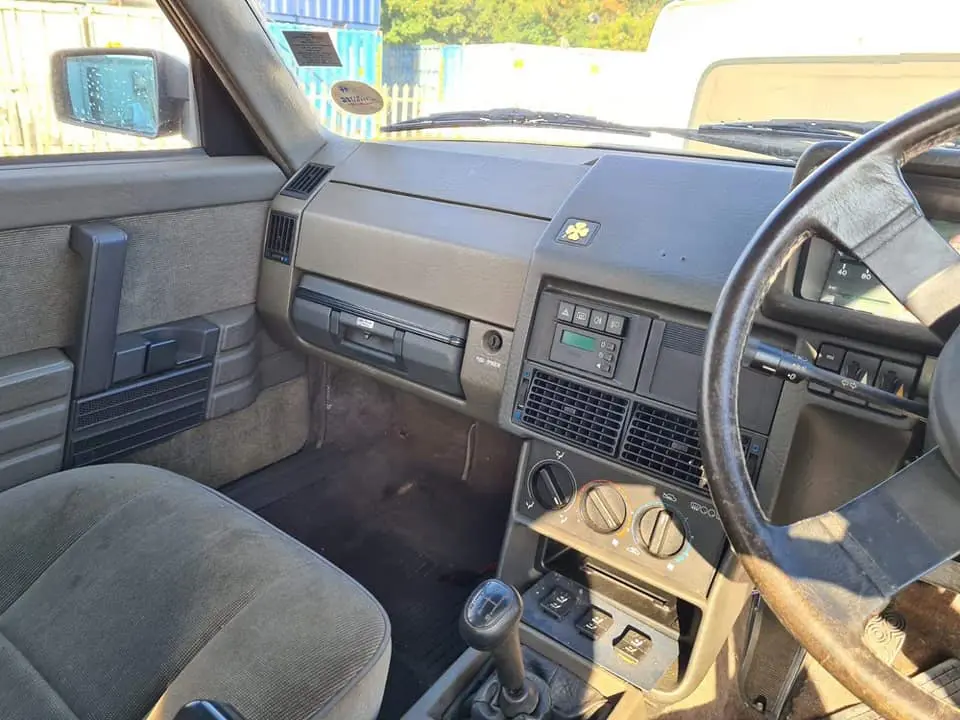40 Years Old – The Alfa Romeo 90
18 October 2024
Forty years ago, Alfa Romeo launched a car that is now possibly one of the rarest in the UK: https://www.howmanyleft.co.uk/vehicle/alfa_romeo_alfa_90_gold_cloverleaf. Some regarded the 90 as a stopgap model until Alfa could introduce the 164; others saw it as the ultimate development of the Alfetta Berlina. And, in top-of-the-range form, it was possibly the only car with a briefcase as standard.

When the 90 made its bow at the 1984 Turin Motor Show, many observers regarded it as essentially an updated Alfetta saloon with engines from the Six. The company claimed its panelling was 70% different from the Alfetta’s, but the similarity was marked, despite the Bertone revisions to the bodywork. The 90 also employed the same gearbox, brakes and suspension as the Alfetta.
In Italy, Alfa marketed the 90 for older, more conservative drivers; La Stampa newspaper wrote: “less sport, more comfort”. Domestic market versions were available with a 1.8-litre carburettor, 2.0-litre and 2.5-litre petrol-injected engines and a 2.4-litre diesel engine.
When UK sales began in 1985, the concessionaire decided to import only flagship Gold Cloverleaf, with the 2492cc Bosch L-Jetronic fuel-injection unit. The claimed top speed was 125 mph, and Alfa Romeo, slightly over ambitiously, promised “A New Era in Car Design”.

The “compact and sleek, elegant and powerful” 90 Gold Cloverleaf cost £11,130, compared with £10,200 for the BMW 320i and the Peugeot 505GTi at £10,495. This represented a considerable price difference, even if the Alfa’s specification was so lavish it included a detachable briefcase mounted beneath the glove compartment.
Meanwhile, the press had mixed views of the 90. Autocar believed it was “a car of marked contrasts – muscular engine, well-sorted chassis, poor ergonomics and dubious build quality”. In their view, “it is up against some very tough opposition”.
The Telegraph appeared more impressed with the “well-balanced handling and road-holding” and how it “sounds like an Alfa”. Autosport found the 90 “typically Italian, with a delightful engine but many annoying idiosyncrasies”. Motor was impressed with how the 90’s performance left its competitors “for dead”. They concluded it had “the makings of a very good car, but it still has a long way to go”.
Perhaps Autocar best summarised the 90’s challenges when they wrote it would “mainly interest the dedicated Alfa Romeo enthusiast”. It may have looked dated by 1984 standards as its lines harked back to the original Alfetta saloon of 1972. But true Alfa enthusiasts had little time for mere fashion.
UK sales ended in 1986, and when production ceased in 1987 Alfa had sold 56,428 examples – a not unimpressive figure given they intended the 90 as a stopgap. Besides, no BMW or Lanica had a briefcase as standard.
With thanks to James Coleman for his time and permission to use the images in this blog.
